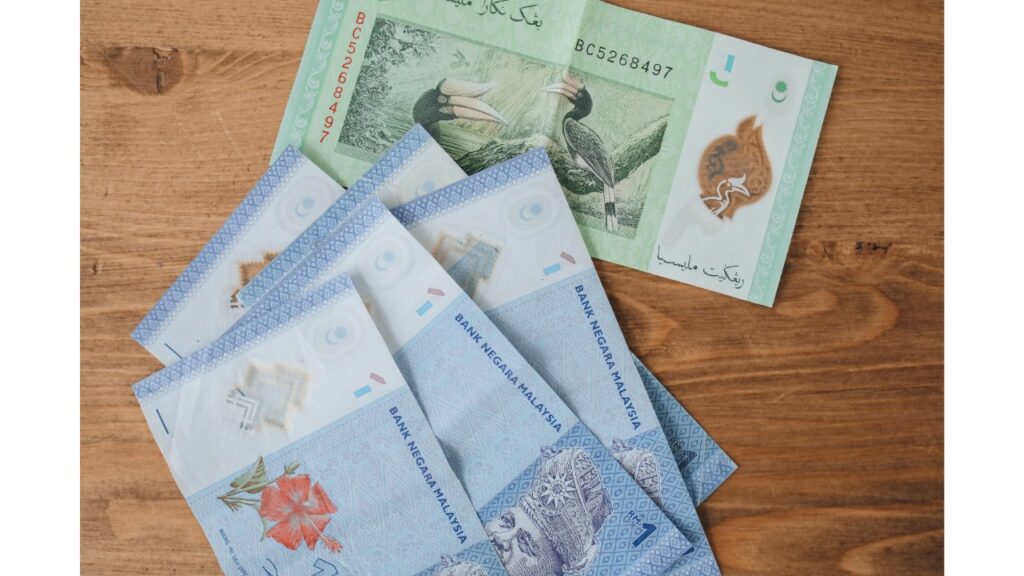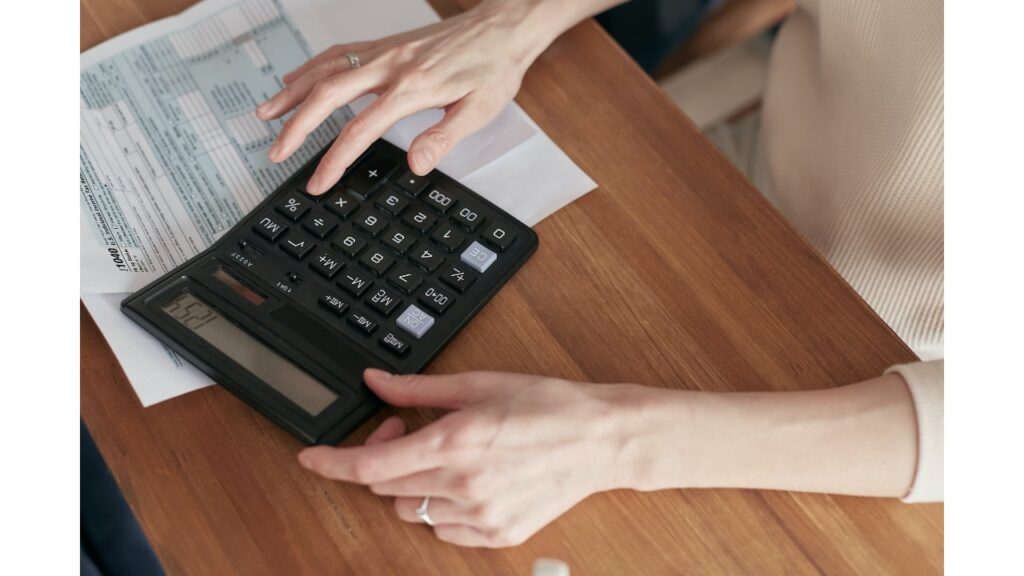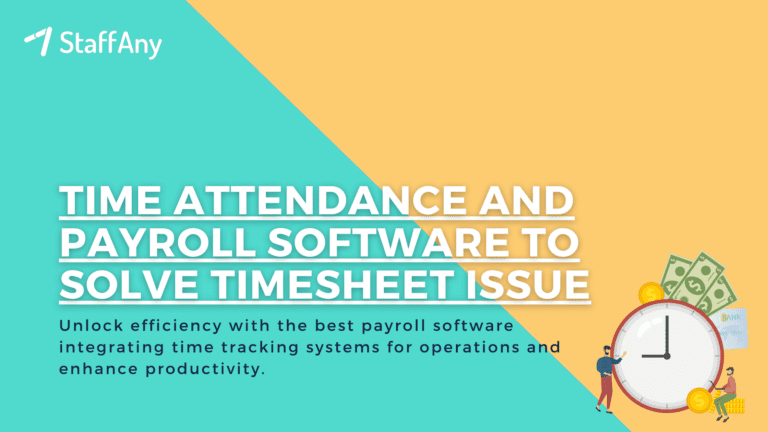Employee Provident Fund (EPF) is an employee pension scheme that helps employees in Malaysia secure their finances in the future. It is a mandatory scheme for all employees who earn a basic salary in the specific region or above. In this scheme, both the employee and the employer contribute a portion of the employee’s salary towards the EPF account.
In this article, we will discuss what an EPF is, the contribution rates in Malaysia, and how to calculate the EPF balance.
What is an Employee Provident Fund?

The Employee Provident Fund (EPF) is a mandatory savings scheme for all employees in Malaysia who earn a basic salary of RM 1,000 and above. The purpose of the EPF is to provide financial security for employees during their retirement years.
The EPF is governed by the Employees Provident Fund Act 1991 and managed by the Employees Provident Fund Organisation (EPFO). Any organisation or firm with 20 or more employees gets covered under the EPFO.
Under this scheme, both the employee and the employer make contributions towards the employee’s EPF account. Both employees and employers must contribute several percent of the employee’s basic salary.
The contributions are invested, and the returns are credited to the employee’s EPF account. The EPF account serves as a savings account for the employee, and the funds can be accessed when the employee retires or reaches the age of 55.
In addition to providing financial security during retirement, the EPF also offers several other benefits to employees. For example, EPF members can use their EPF savings to purchase a home, pay for their children’s education, or pay for medical expenses.
Additionally, the EPF offers members the option to withdraw their savings for specific purposes, such as to purchase a home, start a business, or pay for medical expenses. The EPF also provides members with an annual statement of their accounts, which helps them keep track of their savings and plan for their future.
Read more: A Complete Guide to Annual Leave Entitlement in Malaysia
How Much is EPF Contribution in Malaysia?
The EPF contribution rate in Malaysia is set at a minimum of several percent of the employee’s basic salary, for both employees and employers. However, the contribution rate may be higher based on the agreement between the employee and the employer.
a. Employee Contribution
The employee is required to contribute 11% of their basic salary towards the EPF account. This contribution is also tax-deductible, and the employee can claim a tax deduction for the amount contributed to the EPF.
The employee’s contribution to the EPF account is automatically deducted from their salary, and the employer is responsible for making the contribution on behalf of the employee.
b. Employer Contribution
The employer is required to contribute a minimum of 12% (for monthly salaries of more than RM 5,000) and 13% (for monthly salaries of RM 5,000 & below) of the employee’s basic monthly salary towards the EPF account. This contribution is tax-deductible, and the employer can claim a tax deduction for the amount contributed to the EPF.
Read more: What Is An Employee Management System?
The benefits of the Employee Provident Fund (EPF)
The EPF is a compulsory retirement savings scheme established by the government of Malaysia, designed to provide financial security and stability for employees during their retirement years. Let’s explore the advantages it offers to both parties:
Benefits for Employees
1. Retirement Savings
The EPF serves as a long-term savings platform for employees, allowing them to accumulate funds throughout their working years. It ensures that individuals have a financial safety net upon reaching retirement age.
2. Guaranteed Returns
EPF contributions earn an attractive annual dividend, providing employees with a secure and consistent return on their investment. This dividend rate is generally higher than the average interest rates provided by other financial institutions.
3. Accessible Housing Financing
EPF members can utilize a portion of their EPF savings to finance the purchase of a house or to reduce their housing loan principal. This feature helps employees achieve homeownership and eases the financial burden of housing expenses.
4. Education Withdrawals
EPF members can withdraw funds to finance their own or their children’s education, enabling them to pursue higher education without undue financial strain.
5. Insurance Coverage
In the event of an unfortunate incident, such as death or total permanent disability, EPF provides insurance coverage to members, ensuring their dependents are financially protected.
Read more: Basic Salary in Malaysia and Its Regulations
Benefits for Employers
1. Employee Retention and Attraction
Employers who contribute to the EPF demonstrate their commitment to the long-term financial well-being of their employees. This can help attract and retain talented individuals, as the EPF is viewed as a valuable employment benefit.
2. Legal Compliance
Contributing to the EPF is mandatory for employers in Malaysia. By fulfilling this requirement, employers ensure compliance with the law, avoiding penalties or legal complications.
3. Employee Loyalty and Engagement
Contributing to the EPF shows employers’ dedication to the financial security of their workforce. This can foster a sense of loyalty and engagement among employees, leading to increased motivation and productivity.
4. Reduced Employee Financial Stress
By providing a platform for employees to save for retirement, the EPF reduces financial stress and anxiety. This can result in improved job performance, reduced absenteeism, and a healthier work environment.
5. Government Incentives
Employers in Malaysia receive certain tax incentives and benefits for contributing to the EPF. These incentives can help lower overall operational costs for businesses.
In conclusion, the Employee Provident Fund in Malaysia offers significant benefits to both employees and employers. It provides employees with a robust retirement savings scheme, guaranteed returns, and access to funds for housing and education.
Employers benefit from improved employee loyalty, compliance with legal obligations, and government incentives. Overall, the EPF plays a crucial role in promoting financial security and stability for individuals and fostering a productive and engaged workforce.
Read more: What is Gross Salary: Definition and Components
How to Calculate Employee Provident Fund

Calculating the EPF balance is an important step in planning for retirement and ensuring financial security. This is very simple by using EPF calculator. All you have to do to get the EPF balance is input the contributions made by both the employee and the employer, along with the returns earned on the investments. Here are the steps to calculate the EPF balance:
1. Determine the Total Contributions Made
The first step in calculating the EPF balance is to determine the total contributions made by the employee and the employer. This can be done by adding up the contributions made to the EPF account in the past 12 months.
For example, if an employee earns a basic salary of RM 4,000 per month and the EPF contribution rate is 11%, the employee’s contribution to the EPF would be RM 4,000 x 11% = RM 440 per month. If the employer also contributes 12% of the employee’s basic salary, the employer’s contribution would be RM 4,000 x 12% = RM 480 per month.
2. Calculate the Returns Earned on the Investments
The next step is to calculate the returns earned on the investments. The EPF board invests the contributions made by the employee and the employer, and the returns earned on these investments are credited to the employee’s EPF account. The returns earned can vary based on the investments made by the EPF board.
For example, if the returns earned on the investments in a particular year are 5%, the returns earned on a balance of RM 50,000 would be RM 50,000 x 5% = RM 2,500.
3. Add the Total Contributions and Returns
Finally, the total contributions and returns are added up to calculate the EPF balance. In this example, the EPF balance would be the sum of the employee’s contributions, the employer’s contributions, and the returns earned on the investments:
EPF balance = RM 440 x 12 months + RM 480 x 12 months + RM 2,500 = RM 11,040 + RM 5,760 + RM 2,500 = RM 19,300
Read more: Understanding Manpower Planning and Its Importance in F&B
What is Provident Fund Calculator?
A Provident Fund (PF) calculator is a tool used to estimate the future value of a Provident Fund account based on various input parameters. The accumulated amount, along with interest, is provided to the employee upon retirement or under certain specified conditions.
Here are the typical input parameters for a Provident Fund calculator:
Basic Salary: The basic salary is the primary component used to calculate Provident Fund contributions.
Employee Contribution Rate: This is the percentage of the basic salary contributed by the employee towards the Provident Fund account. In some countries, there might be a mandatory fixed contribution rate.
Employer Contribution Rate: This is the percentage of the basic salary contributed by the employer towards the Provident Fund account. Employers often match or contribute a certain percentage of the employee’s contribution.
Interest Rate: The Provident Fund account earns interest over time. The EPF interest rate can vary and is usually compounded annually.
Years of Service: The total number of years the employee plans to contribute to the Provident Fund account.
By entering these details into a Provident Fund calculator, an individual can estimate the future value of their Provident Fund account. This calculation helps individuals plan for their retirement by providing an estimate of the funds they will have available upon retirement.
Read more: A Complete Guide to Employee Benefits in Malaysia
It’s important to note that the actual Provident Fund amount received by an individual may vary based on changes in the salary, contribution rates, and prevailing interest rates over the years. Provident Fund calculators are useful for providing a rough estimate and helping individuals make informed financial decisions.
If you’re looking for a simple and efficient way to manage your employees’ EPF contributions and calculate their EPF balance, look no further than StaffAny! Our HR management platform makes it easy for employers to keep track of employee contributions, calculate EPF balances, and manage employee payroll. With StaffAny, you can say goodbye to manual calculations and spreadsheet tracking, and focus on growing your business.
Sign up for StaffAny today and take the first step towards streamlined HR management. Our user-friendly platform will save you time and resources, while providing accurate and up-to-date information on employee EPF contributions and balances. Let us help you manage your employees’ EPF so you can focus on what really matters – growing your business!
If you’re looking for a simple and efficient way to manage your employees’ EPF contributions and calculate their EPF balance, look no further than StaffAny! Our HR management platform makes it easy for employers to keep track of employee contributions, calculate EPF balances, and manage employee payroll. With StaffAny, you can say goodbye to manual calculations and spreadsheet tracking, and focus on growing your business.
Sign up for StaffAny today and take the first step towards streamlined HR management. Our user-friendly platform will save you time and resources, while providing accurate and up-to-date information on employee EPF contributions and balances. Let us help you manage your employees’ EPF so you can focus on what really matters – growing your business!











